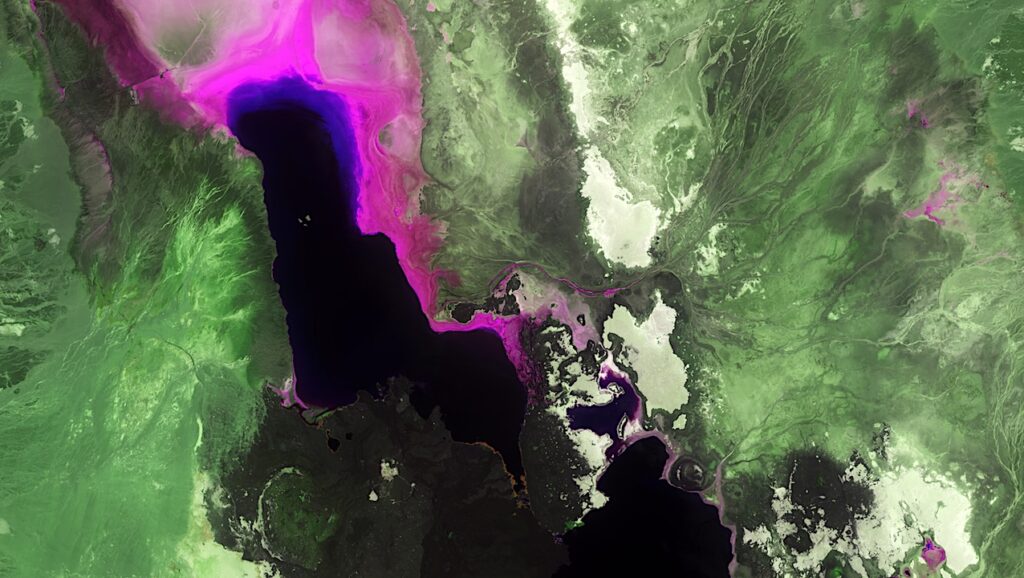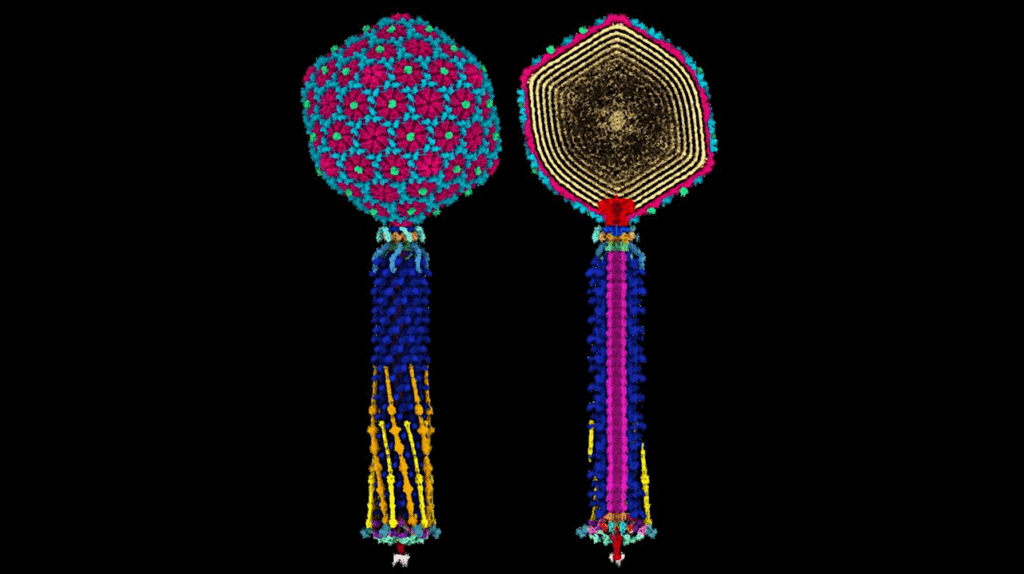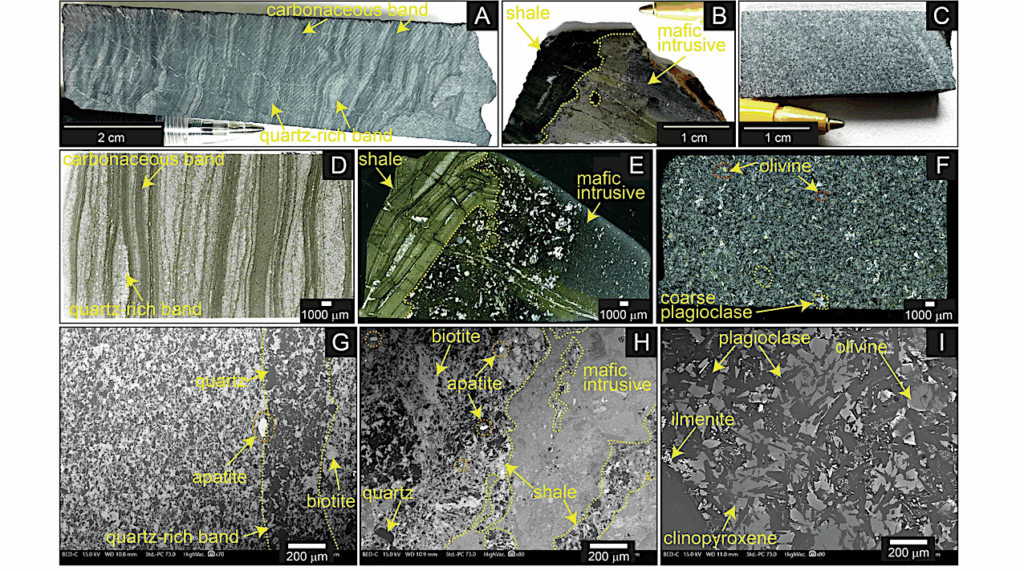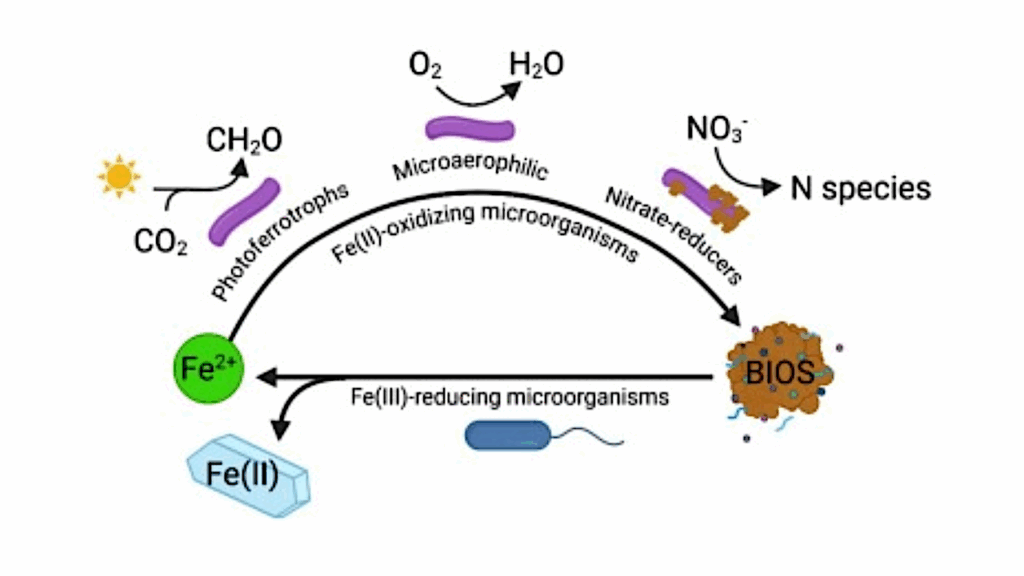Parallel Evolution Of Gravity Sensing

Omnipresent gravity affects all living organisms; it was a vital factor in the past and the current bottleneck for future space exploration. It is anticipated that all organisms can sense the direction of the gravitational field.
Omnipresent gravity affects all living organisms; it was a vital factor in the past and the current bottleneck for future space exploration. It is anticipated that all organisms can sense the direction of the gravitational field.
However, smaller bacteria-sized microorganisms (<0.5–10 µm) are subject to Brownian motion (Li et al., 2008); that is, they operate under distinct microenvironment and viscosity constraints with a lack of detectable gravity sensation.
In contrast, many unicellular protists (>50 µm) and multicellular organisms have developed remarkable examples of graviperception. Gravity sensitivity often co-evolves with photoreceptors as one integrative system.
In many planktonic and benthic organisms, larval stages, and land organisms, positive phototropism and negative gravitropism mutually influence each other, where photoreceptors and gravity sensors are united in decision-making during behavioral choices. Quantitatively, Hock and Hader stated: “light transduction appears to possess a logarithmic transducer, whereas gravi-transduction uses a linear one” (Hock and Häder, 2006).
Apart from numerous practical implementations for bioengineering and astrobiology, the diversity of these gravity signaling systems presents unique reference paradigms to understand transitions of hierarchical homology (Minelli and Fusco, 2013) to examples of convergent evolution within integrative systems.
By tracing the parallel evolution of gravity sensing, we encounter situations when assemblies of homologous modules result in the emergence of non-homologous structures with similar systemic properties. This situation presents a perfect opportunity to study complex homoplasy at all levels of biological organization.
Parallel evolution of gravity sensing, x-mol.net
Parallel evolution of gravity sensing, Frontiers (open access)
Astrobiology, space biology, gravitational biology,








